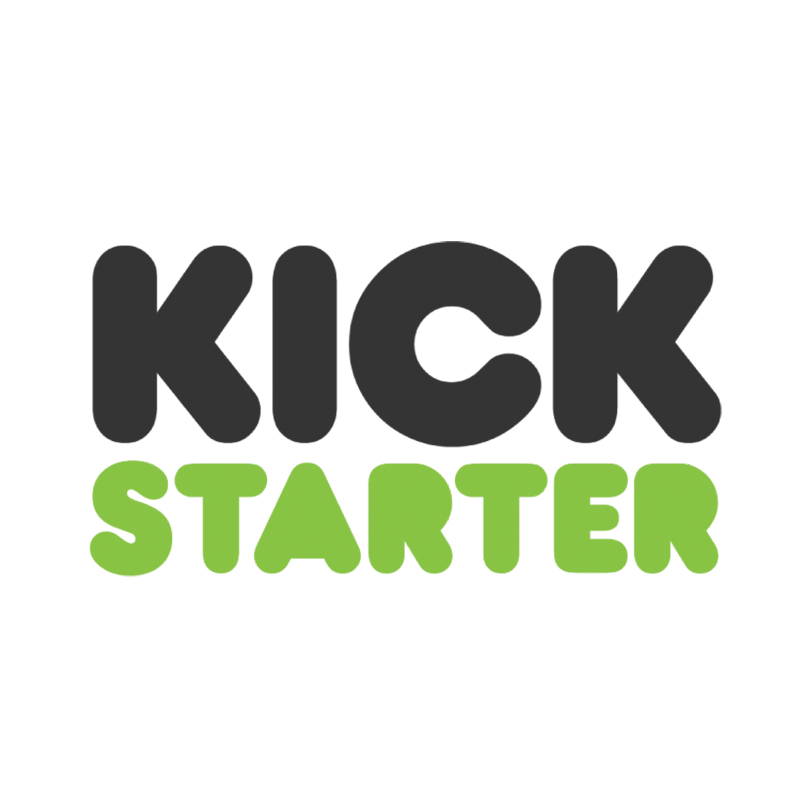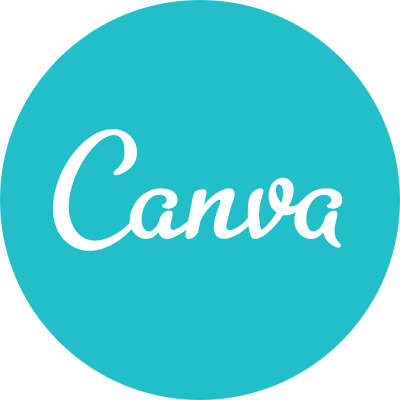How We Designed And Created A Strategy Card Game
Hello! Who are you and what business did you start?
My name is Casey Hill and I run Hill Gaming Company, a tabletop/board game company focused on producing highly interactive and beautifully illustrated games. Throughout my childhood I was always encouraged to be entrepreneurial.
My father runs a business, my grandpa ran a business, my cousin runs a business, so it was very much in our families DNA. They also told me to work on projects or ideas I was passionate about and that is what led me to boardgames. Growing up in a big family of 7, board games were a way we all bonded and shared time together and that was deeply impactful for me.

Our first product was Arkon, which launched on Kickstarter on Feb. 2018, and we fulfilled that game to over 1,200 people in over 20 countries! Since the launch, which raised a little over $40,000 for the first print run, we have been selling both directly to consumers through our website and also to retailers who resell our product.
Although it can vary month to month, we typically do about $2,000/month in sales. Although we run direct marketing to grow sales, we are also blessed by strong organic referrals from our supportive fans!

What's your backstory and how did you come up with the idea?
Since I was young I had tinkered with different projects and ideas and never really been able to get a product off the ground. I was a storyteller and a writer, and hadn’t found something that really struck my passion.
Spend time building genuine relationships in your niche and across social channels in your industry.
Then in college, I started to get a little bit of traction with buying and selling Magic the Gathering trading cards. I made a few thousand bucks and decided to write a eGuide on how to sell magic the gathering and set up relationships with retailers. The guide took off on eBay of all places, and I eventually sold almost $10,000 of guides with a 100% positive feedback score. This lit the spark in me that entrepreneurship was possible, I just needed to find the right area.
So I decided to try and create a card game. My dad and I hashed it out one night (I actually initially thought it was going to just be a fun gift for my wife) and we printed out some very basic placeholder cards. After I gave the game as a gift, we started playing it more and more and realized the fundamental principles of the game felt genuinely unique and felt there might be something there.
Take us through the process of designing, prototyping, and manufacturing your first product.
In terms of design the focus was to build something that was A) Highly interactive, B) simple to pick up and play and C) had deep strategic depth/replay value. We noticed that many games tended to gravitate towards interactive and simple but not strategically deep or strategically deep but not simple. My brother, Tyler Hill, who is a professional magic the gathering player, was instrumental in helping us create that delicate balance of highly replayable but also easy to learn.
When we first began, we printed text descriptions on top of sleeved magic the gathering cards and that was how we started to play test and balance.
After testing internally with our family, and realizing we had something special, we began to commission art, while simultaneously expanding our testing to more and more friends. After we had a solid foundation and some new art filtering in, we printed some prototypes with a company called MakePlayingCards and we sent them more official copies to review channels. We also would bring these spiffy prototype copies to gaming stores across California for more public feedback.
Once the game was funded on Kickstarter, we used a company called Panda, to actually manufacture the product and then worked with a fulfillment house in Europe (Gamesquest) and one in the US (Quartermaster Logistics) to handle fulfillment. The total cost of manufacturing, prototyping, shipping/fulfillment, art, video and design by the time our Kickstarter finished was around $30,000.
Describe the process of launching the business.
Launching Hill Gaming Company, I am not a designer, but as someone who worked a day job in inbound marketing, I knew the importance of having a website and social media presence.
So I grabbed a Wordpress theme for my website, put together the best site I could and started handles on Twitter and Facebook. I also started to plan out a content publishing schedule to have consistent posts going out to the communities I was focused on building (I used Hootsuite for social posting).

The initial costs were manageable for me personally, about $5,000-$10,000, and then once our Kickstarter funded, I had $40k (minus KS fees) to fund the full manufacturing. I spent around 6 months building community and hype around the product before I launched, and I created a FB event so that I wasn’t just pulling a KS funding goal target out of thin air. My dad and I talked and agreed we needed at least 30% of the funding to hit Day 1, so any amount less and we would adjust our goal (which we did, moving it from 10k which we envisioned to 5k).
My biggest takeaway from the launch of the company was: Learn that things will go wrong. Packages will get lost. The manufacturing will miscut prototypes. Your artists will ask for more money because you tell them to re-do something. Note that #1 this is inevitable and #2 when it comes to your team, take accountability. Your artist didn’t screw up, you screwed up by not giving a detailed and nuanced enough description of what you wanted. Learn and grow from it.
Since launch, what has worked to attract and retain customers?
To gain that following and base, from a starting point of nothing, was a learning experience and I would love to share some of what I learned.
Start by building credibility.
One of the largest barriers that new businesses need to break down is the legitimacy barrier. Is the product/service high quality? Unique? We tackled this by getting our product/service in front of as many review channels as possible and gathering as much objective feedback as we could. To me, this is a critical step to segwaying into the other steps below.
Get involved with your niche-specific communities:
Community involvement is not something that you can game, or just sign up for a Facebook group two weeks before a product launch and expect results. If you genuinely have a passion for your product area, you need to immerse yourself in those communities and share your love for that industry with other enthusiasts. We started 6 months before our launch and didn’t even mention our product for at least the first few months. After that, we would drop an occasional comment to solicit feedback or ask for opinions but treated the community with respect and tried not to be salesy. When there was fights or things turned negative, especially in relation to our product, we avoided lengthy debate. Instead we tried to be kind and brief and turn the conversation elsewhere. Even if we were in the right, people get spooked by brands that they have negative associations with.
Build a story/narrative around your brand:
We wanted people to get excited and energized by our brand. So we started by creating compelling content that had people coming back for more and anticipating news from our company. A huge step for a new brand is producing relevant and interesting content that speaks to their base. For my business, I stumbled upon a big breakthrough when it came to boosting posts and storytelling. Initially, when I wanted to build a larger following on my FB page, I would use the “Promote my Page”, give a short pitch on why Arkon was unique/great, and then paid anywhere from 60 cents to a dollar per page follow/like. These leads were almost always inactive. Recently, I switched to posting narrative pieces around the lore of my game, just a beautiful picture of a creature or character and then the narrative storyline. These new posts would get hundreds of likes for 1 or 2 cents per engagement, and I could then invite those people to like my page (which they would at usually ~20% conversion).

Build your brand by networking with other players in your space:
One element that really helped our brand develop ways to put together a blog, where we did written interviews with some of the biggest players in the game space. Now, to start off, we weren’t able to connect with very many prominent designers, but we built it over time and we didn’t go public with the blog until we had a line-up of notable names. What’s great about written interviews is it's a substantially lower time and effort commitment than video interviews and you can send that template to dozens of potential good fits. To improve our chances of a response, we tried to engage with and comment on these influencers social media channels. This was not only to get a response but also because these people are thought leaders in the space! Their insights will very likely help you in your business so it’s a win-win. Then, as we built relationships, we found that one of the smaller designers we met knows one of the bigger designers and then connections were made to get a big feature.
Post content relative to your community that isn’t just based on your product/service:
We tried to make our forums, groups and social media handles the go to place for our customers. To make this happen, we tried to think about what type of content our consumers wanted to read about and then made sure they got that, whether it is an original post from us or a re-share or retweet from another relevant article. Plus, this helped to foster good relationships with other people in our space.
Through starting the business, have you learned anything particularly helpful or advantageous?
The good:
Spend time building genuine relationships in your niche and across social channels in your industry.
Test your marketing with a small budget and change only one variable at a time (for instance with Facebook ads you have your copy, your image and your targeting. When you want to split-test, only change one of these variables at a time).
Get as much 3rd party feedback and reviews before a product launch as possible.
The mistakes:
One of the first mistakes I made was just underestimating time and cost of nearly everything. Because design requires iterations, I always advise people to add an extra financial and time margin to all deadlines.
You can’t please everyone. Listen to any and all feedback but don’t immediately change the product or launch strategy if someone has a complaint. When you are new it can be tempting to try and cater to any critics but the longer you are around you learn, always do the right things for your customers but also have confidence in vision. Then if you get a ton of people telling you the same feedback, make sure you build your product for your customers.
What platform/tools do you use for your business?
Here are some of the tools I used for my business:
- Ontraport: For CRM, email marketing and eCommerce
- Hootsuite: Social media scheduling and posting
- Moz: SEO research
- Hotjar: Heatmapping
- Bonjoro: personalized video emails
What have been the most influential books, podcasts, or other resources?
There have been so many influential blogs and books! In the gaming space, blogs like stonemaiergames.com/e-newsletter/blog and www.jamesmathe.com were key for learning the Kickstarter groups as I was getting started.
Books like the Lean Start-up by Eric Weiss I recommend for basically any industry of entrepreneur. Lots of Facebook channels like BoardgameGroup or the BoardgameSpotlight or Tabletop Kickstarter Advice were all great.
Advice for other entrepreneurs who want to get started or are just starting out?
Here are my top tips:
- Do something you are passionate about. I know it sounds cliche but I tried a LOT of ideas before I got any lift-off and the major reason Arkon finally succeeded was that it was in an area I was passionate about. It took me 2 years and a lot of work to get it off the ground. If your idea is the kind of thing you get amped for for a week and it burns off you won’t be able to grind through to success with it.
- If you want to run a Kickstarter, don’t rush in. Make sure you bring a substantial audience to day 1. Spend time to build up relationships, network with other people and add value to them.
- Organic always trumps paid when you are in early stages. Focus on building a compelling blog, engaging your audience and connecting with your fans.
Are you looking to hire for certain positions right now?
We are still very small, so we are not currently looking to hire!
Where can we go to learn more?

Download the report and join our email newsletter packed with business ideas and money-making opportunities, backed by real-life case studies.

Download the report and join our email newsletter packed with business ideas and money-making opportunities, backed by real-life case studies.

Download the report and join our email newsletter packed with business ideas and money-making opportunities, backed by real-life case studies.

Download the report and join our email newsletter packed with business ideas and money-making opportunities, backed by real-life case studies.

Download the report and join our email newsletter packed with business ideas and money-making opportunities, backed by real-life case studies.

Download the report and join our email newsletter packed with business ideas and money-making opportunities, backed by real-life case studies.

Download the report and join our email newsletter packed with business ideas and money-making opportunities, backed by real-life case studies.

Download the report and join our email newsletter packed with business ideas and money-making opportunities, backed by real-life case studies.





















